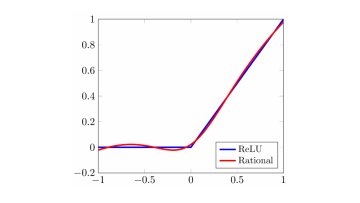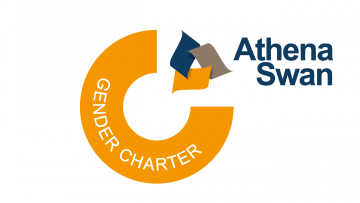Invariants for persistent homology and their stability
Abstract
One of the most successful methods in topological data analysis (TDA) is persistent homology, which associates a one-parameter family of spaces to a data set, and gives a summary — an invariant called "barcode" — of how topological features, such as the number of components, holes, or voids evolve across the parameter space. In many applications one might wish to associate a multiparameter family of spaces to a data set. There is no generalisation of the barcode to the multiparameter case, and finding algebraic invariants that are suitable for applications is one of the biggest challenges in TDA.
The use of persistent homology in applications is justified by the validity of certain stability results. At the core of such results is a notion of distance between the invariants that one associates to data sets. While such distances are well-understood in the one-parameter case, the study of distances for multiparameter persistence modules is more challenging, as they rely on a choice of suitable invariant.
In this talk I will first give a brief introduction to multiparameter persistent homology. I will then present a general framework to study stability questions in multiparameter persistence: I will discuss which properties we would like invariants to satisfy, present different ways to associate distances to such invariants, and finally illustrate how this framework can be used to derive new stability results. No prior knowledge on the subject is assumed.
The talk is based on joint work with Barbara Giunti, John Nolan and Lukas Waas.




